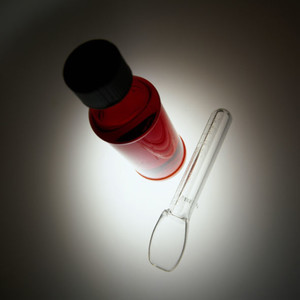The profitability of biosimilars remains an open question. Five years after launch it is thought that most biosimilars markets will look similar to generics markets (70% penetration, 25% of brand-name drug price) but also that a ‘brand-like’ market with lower price attrition and market share is possible [1].
- INICIO
-
Genéricos
Novedades
- FDA approves generic teriparatide and levetiracetam
- US generics launch and approval for Dr Reddy’s and Lupin
- Five Chinese companies join UN’s MPP for Covid-19 medicines
- South Korean companies to make generic Bridion and COVID-19 drugs
Investigación
- Japan’s drug shortage crisis: challenges and policy solutions
- Saudi FDA drug approvals and GMP inspections: trend analysis
- Generic medications in the Lebanese community: understanding and public perception
- Community pharmacists’ understanding of generic and biosimilar drugs: Lebanon case study
General
- Crecimiento de medicamentos genéricos en Brasil y Venezuela
- EMA launches European shortages monitoring platform to tackle persistent medicine shortages
- Penetración de los medicamentos genéricos en México y Brasil
- FDA releases one-year progress report for the Generic Drug Cluster
-
Biosimilares
Novedades
- FDA approves aflibercept biosimilar Eydenzelt and label expansion for adalimumab biosimilar Yuflyma
- ANVISA aprueba cuatro biosimilares para denosumab, trastuzumab y aflibercept
- Biosimilars referencing Amgen’s Neulasta and Neupogen launch in Canada and US
- La EMA recomienda la aprobación de nueve biosimilares
- MORE EDITORIAL SECTIONS
- Search








 0
0











Post your comment